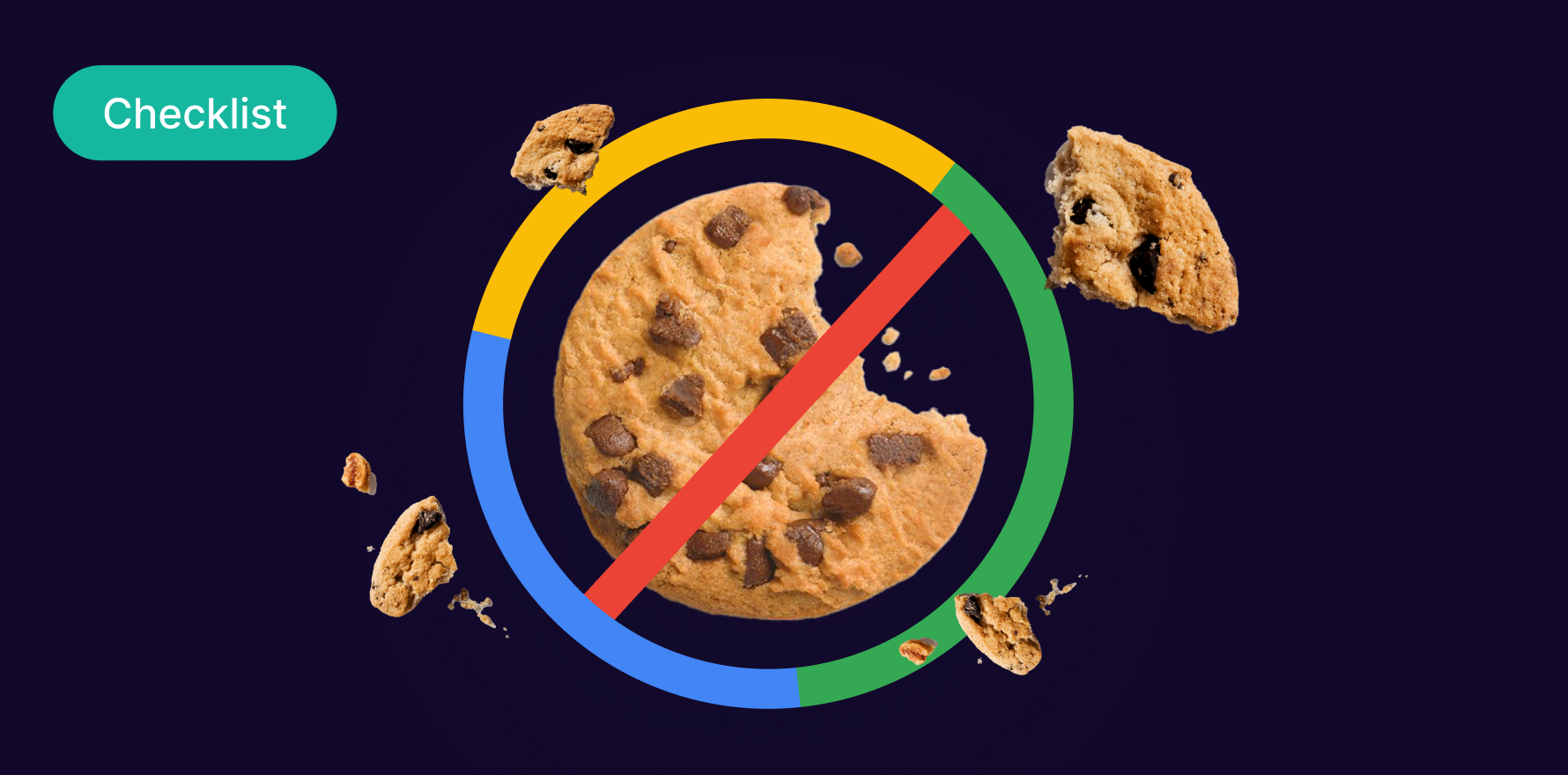What is Conversion?
Conversion is the completion of a desired action that signifies the successful transition of a visitor browsing through your website to them making a purchase. The desired action doesn’t always have to be a purchase; it might be a user signing up for a newsletter, downloading a pdf, filling out a form, or other actions. These aspects are collectively known as conversion events, and they are fundamental in tracking and evaluating the effectiveness of an ecommerce business. The different types of conversion can typically be categorized into macro (primary goals like sales) and micro conversions (secondary goals like newsletter sign-ups).
Formula
Conversion rate is calculated by dividing the number of conversions by the total number of visits and multiplying by 100 to get a percentage.
Example
If a website gets 500 visits in a day and 25 of those result in a sale, the conversion rate would be 5% (25/500*100).
Why is Conversion important?
Conversion is essentially the most crucial metric in eCommerce because it directly translates into sales. It’s a clear determinant of how effectively your website persuade visitors to take the desired action. It’s also an essential indicator of the return on investment (ROI) for your marketing efforts.
Which factors impact Conversion?
Conversion can be improved through several methods including optimizing website design, ensuring website usability, offering competitive pricing, delivering excellent customer service, and improving product descriptions and images. A/B testing, improving loading times, simplifying the checkout process, and offering free shipping can also significantly improve conversion rates.
How can Conversion be improved?
Several factors influence conversion rates, including website design/ usability, product pricing & quality, customer service, and shipping options. External factors like competition, market trends, customer behavior and a host of other factors also play a part.
What is Conversion’s relationship with other metrics?
Conversion works closely with other ecommerce metrics. For example, a high traffic but low conversion rate suggests a problem with product listings, pricing, or site design. Simultaneously, a low traffic but high conversion rate might signal high customer loyalty but an overall need for SEO or other forms of website promotion. Further, metrics like Average Order Value (AOV) and Customer Lifetime Value (CLV) can give better context to the conversion rate, making it a more robust indicator of overall ecommerce health.
Free essential resources for success
Discover more from Lifesight
















